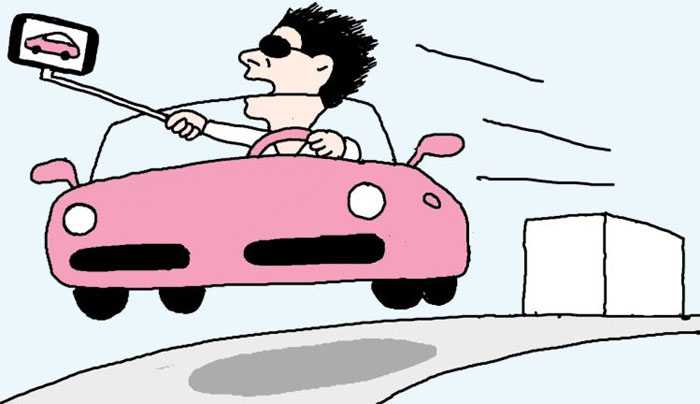Imported Car Sales Look Unstoppable

The Korean market for imported cars keeps growing as vigorous marketing and discount campaigns coincide with Koreans' penchant for ostentatious vehicles.
The market share of imported cars rose from just 5.8 percent in 2010 to over 15 percent in the first half of this year. In money terms, they now account for 23 percent of total automobile sales in Korea.
This year marks the 30th anniversary of Korea opening up its car market. In 1988 there were only four dealers: Hansung Motors (Mercedes-Benz), Hyosung Corp. (Audi/Volkswagen), Hanjin (Volvo) and Kolon (BMW). It took until 1996 for sales to exceed 10,000 cars for the first time, but immediately the 1997 Asian financial crisis struck and reduced numbers again.
Sales started rising steadily after 2000 to reach 50,000 in 2007 and surpass the 100,000-mark in 2011. Last year, 230,000 foreign cars were sold here, and in the first half of this year already 140,000.
A staffer at the Korea Automobile Importers and Distributors Association said, "Based solely on passenger cars, the market share is actually 18 percent, and annual sales of 300,000 and a 20-percent market share are not far away."
Luxury German cars dominate. No. 1 is Mercedes-Benz, which overtook BMW in 2016. BMW is offering a 10-percent discount campaign to regain the top spot, while Mercedes-Benz is fighting back by slashing prices by three to five percent.
Audi, which was hit hard by the diesel emission-rigging scandal over the last two years, is aiming to recover sales this year by offering massive discounts. It slashed the price tag of its flagship A6 sedan by up to W12 million to just under W50 million (US$1=W1,126). Jaguar, which hopes for a bigger slice of the Korean market, is offering discounts of around W10 million.
On top of that, the government is offering a temporary cut in consumption tax until the end of this year, which lowers prices even more.
One industry insider said, "Consumers here are more interested in how far imported car prices fall rather than which Korean car offers the best value for money, so tax cuts have primarily benefited importers."
The growing popularity for imported cars is in part due to the wide variety of models as some 50 to 60 new models are introduced here almost every year. Also, Koreans tend to see cars mainly as status symbols, whereas the Japanese, for example, take pride in their domestic cars, so imports account for only around five percent of the market there.
Persistent complaints about poor after-sales service and high prices of spare parts keep plaguing foreign carmakers. Cumulative sales of imports from 1987 to 2017 reached 1.74 million cars, but there are only 547 service centers across the nation. That means each center handles more than 3,100 cars.
Kim Pil-soo at Daelim University said, "Foreign automakers lure customers with three-year exemptions on principal payments and high-interest installment plans, resulting in a rising number of so-called 'car poor' owners. Korean cars are as good but don't have the same brand image."
Source: http://english.chosun.com